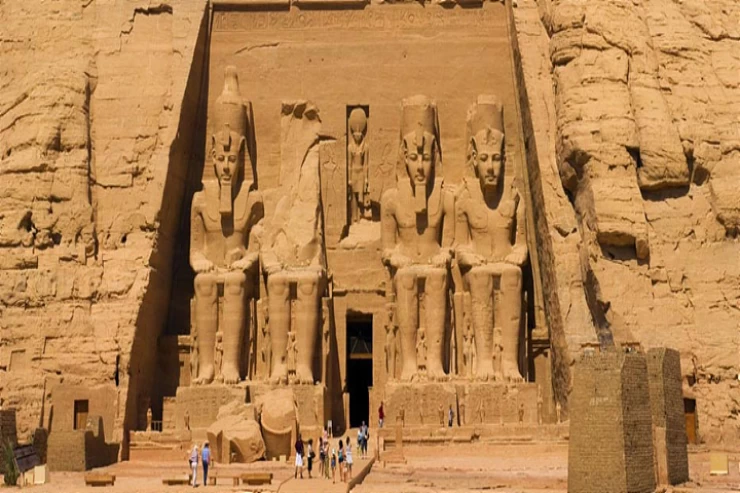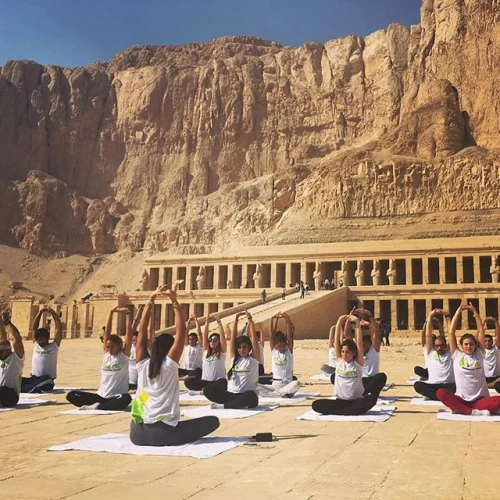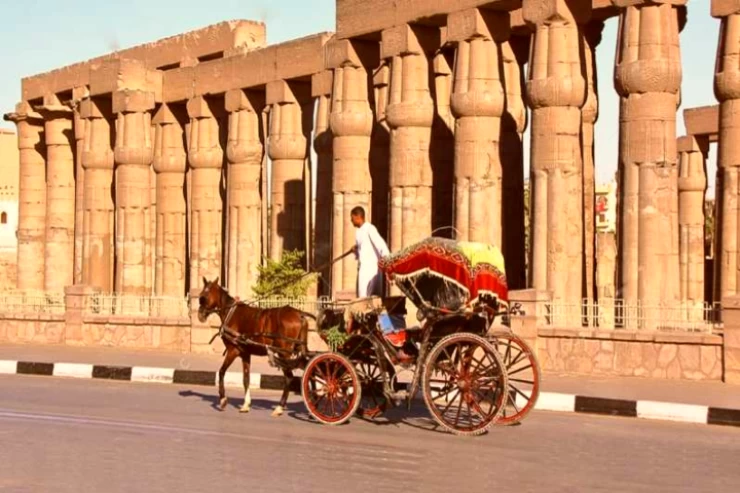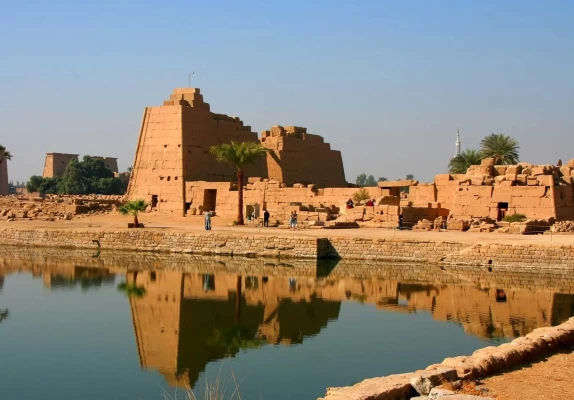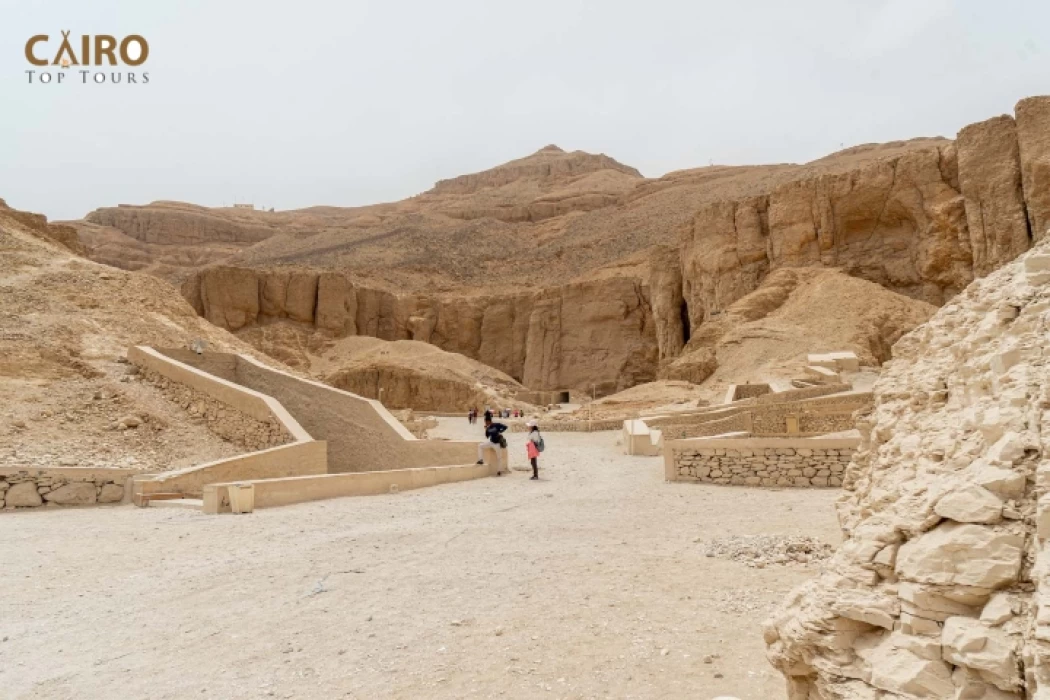
Valley of the Kings in Luxor
Valley of the Kings
On the western side of Luxor, also called Thebes, there is a desert river valley where the pharaohs of the eighteenth and nineteenth dynasties were laid to rest. Therefore, it was renamed "Valley of Kings" and included not just kings but also significant people. One of the top attractions in Luxor, it draws tourists from around the world on Safaga shore excursions to see the mesmerizing tombs. There are more than sixty finished tombs and twenty unfinished ones in the valley.
The reason for choosing the West Bank
The valley was selected for burial because it was situated to the west of the Nile, representing the setting place of the sun god. As a result, burial grounds in ancient Egypt were located on the Nile River's western bank. The rulers of ancient Egypt chose burial locations near cliffs with pyramid-shaped structures to represent their belief in eternal life and reincarnation. The kings chose this location because it provided seclusion, ensuring they could rest peacefully without worrying about theft.
The tombs located in the Valley of Kings
Most of the tombs can be visited by the public and history enthusiasts, however, some are currently closed for repairs and upkeep. Tutankhamun's burial site stands out as a prominent tomb, housing a substantial amount of treasure. It is back at the Egyptian Museum and most recently at the Grand Egyptian Museum in Giza. The Valley of Kings contains the tomb of Queen Hatshepsut (reigned around ___). A burial chamber from the 15th century measures 215 meters and descends 100 meters into the rock.
The valley includes many carved scenes showing the dead king with different gods, especially those from the underworld. The tombs also feature special burial engravings found in the Papri to guide him during his journey. Discovering the wealth of Egyptian pharaohs and their Royal burial grounds like Tutankhamun's tomb, Seti I's tomb, and Ramses VI is an enduring journey offered by Egypt Classic Tours.







